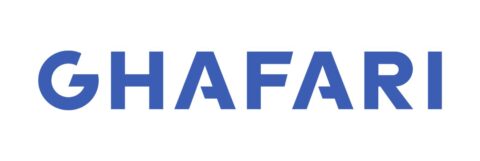Ghafari is a global architecture, engineering, and consulting firm that designs spaces where people and businesses thrive. Ghafari embraces an integrated approach to deliver design solutions that synergize building operations, systems, and people. This approach is made possible by their full complement of capabilities, including architecture, interior design, civil + structural engineering, MEP, ICT + security, operations + systems engineering, and digital solutions.
Investor Spotlight: Ghafari Associates – Designing Spaces Where People and Businesses Thrive
November 12, 2025
Industry Expertise

Ghafari opened its doors in 1982 to bring new levels of quality and innovation to automotive facility design. Inspired by the complexity Ghafari observed in the field, they pioneered streamlined approaches and technological applications to help their clients advance efficiency. Today, Ghafari is the #1 U.S. designer of automotive plants (as ranked by Engineering News-Record) and partners with automakers to break new ground in the realms of virtual design + construction, sustainability, and lean project delivery. Ghafari’s project portfolio spans the full spectrum of automotive facilities and systems, from assembly plants and battery production buildings to R+D facilities to corporate offices and dealerships.
Corporate Culture

The Ghafari team is guided by a shared purpose. A collective commitment to helping its clients succeed amid the challenges of an ever-changing world. A drive to continuously innovate, to learn from one another, and to make an impact. Together, they’re exploring new frontiers, applying emergent technologies, and finding better ways to serve their clients.
Ghafari was founded by Yousif B. Ghafari on the promise of innovative tools and approaches. Since day one, Ghafari has been driven to apply emergent technologies and find better ways to collaborate. From its early adoption of computer-aided design in 1982, to its pioneering application of building information modeling in the early 2000s, to its continued exploration of virtual/augmented reality, digital transformation, and computational design today – Ghafari harnesses technology that elevates its quality and efficiency.
Conclusion
Ghafari approaches its work through a user-centric perspective rooted in a philosophy that champions the seamless unity of structure and functionality. Through its 11 offices around the globe, its integrated, multidisciplinary team simplifies the approach to planning and designing facilities (and the operations housed within them) that meet the unique and evolving demands of its clients.
